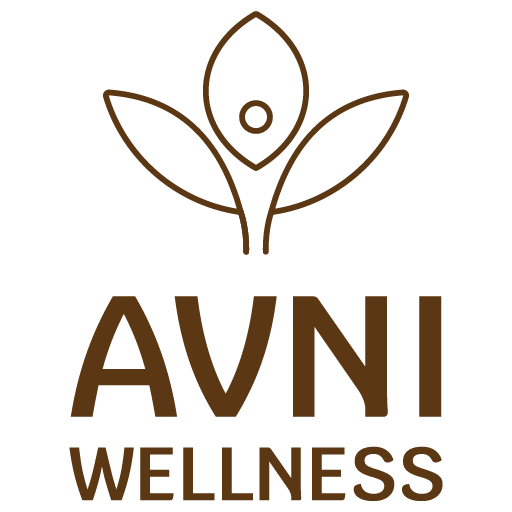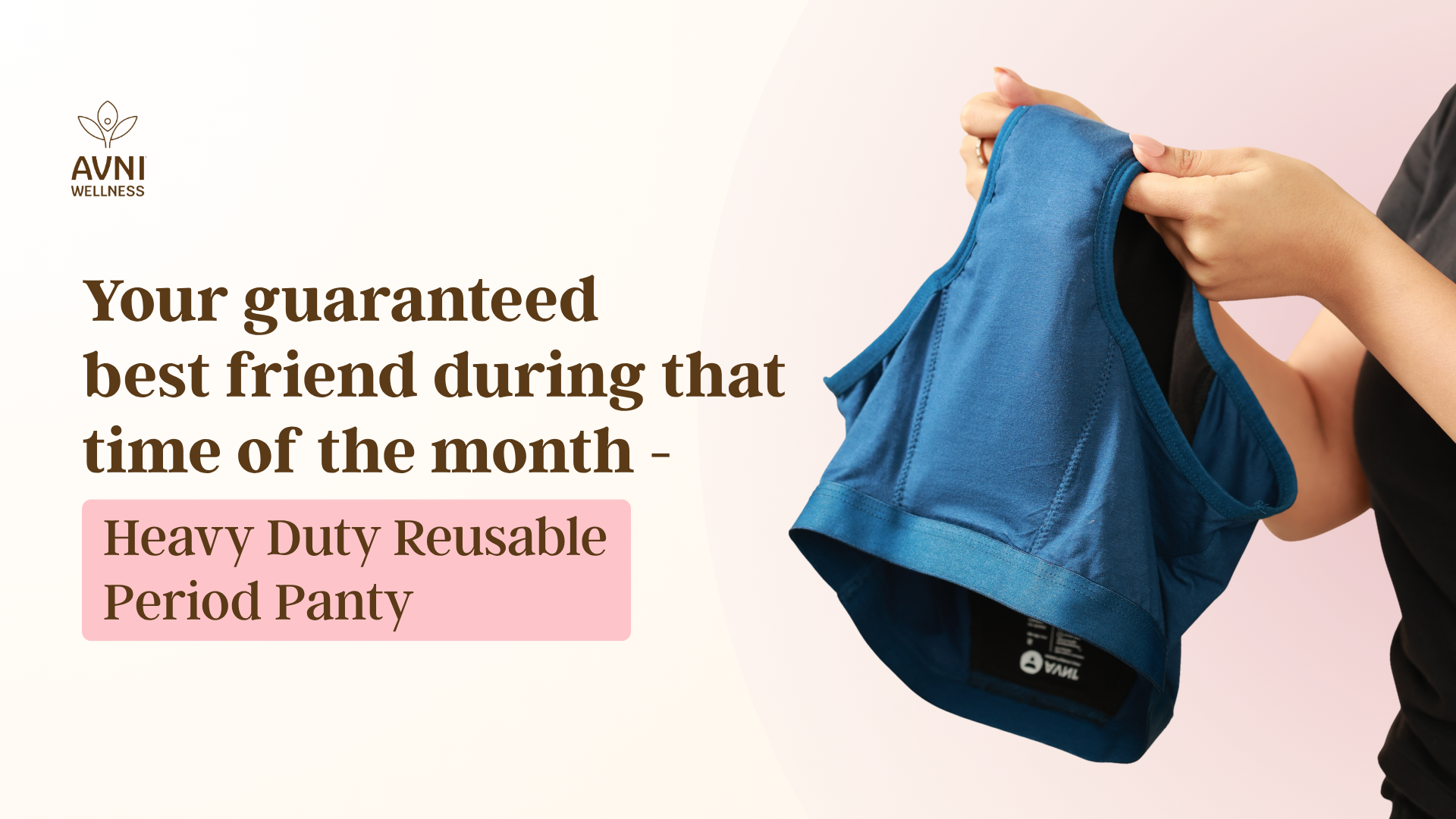
Guidelines for Hygiene Practices with Reusable Panty Liners for Discharge Care
Discharge refers to a white, viscous fluid secreted from the vagina of women and is a normal component of the female reproductive system. This discharge serves protective and cleansing functions on the vagina to mitigate infections. Although vaginal discharge serves beneficial purposes, it can become discomforting when produced in excess volume or continuously. In such cases, panty liners are useful as they absorb moisture while providing comfort. Reusable liner pads are eco-friendly and economical compared to disposable ones. However, like any lingerie hygiene product, such reusable panty liners need proper use and care to avoid associated health problems.
Here are some essential tips that can greatly help maintain hygiene with low-resource intimate dressings.
1. Opt for Quality Liner Pads
It is important to select reusable panty liners made of soft fabric which offer breathability and organic material construction. Cotton and bamboo brewin fabrics not only provide gentle contact but also enhance airflow inhibiting infections or rashes certain girls experience post menstruation. A good example would be Avni’s reusable panty linen pads whereby their materials fulfill regulated standards being chemical free during production programming ensuring comfort on wearer’s skins.
2. Replace the Liner Every 4 to 6 Hours
While reusable panty liners have moisture absorbing properties, they should not be used for an entire day. Change your liner every 4 to 6 hours and more frequently if it feels damp. Wearing a moist liner for extended periods of time can promote bacteria growth which can cause infections or irritation.
3. Rinse Discharge Immediately After Use
Rinse the used panty liner under cold water as soon as you remove it. This step is crucial in removing any discharge and preventing staining. Refrain from using hot water at this stage as it will set any potential stains.
4. Wash Using Gentle Soaps Without Strong Fragrances
Use mild soap or intimate washes that do not contain strong chemicals to clean your liners, so they do not damage the fabric and irritate your skin. Avoid bleach along with harsh detergents that could further aggravate the situation by ruining the fabric. Gently rub the liner with your hands or soft-bristled brush to restore its cleanliness without harsh scrubbing.
5. Natural Disinfection Through Sun Drying
When the washing process is complete, dry your liner in the sun. This method not only helps with disinfection but also assists in eliminating any remaining bacteria. If you are unable to dry your liner outdoors, place it in a well-ventilated location or indoors. Do not put liners into dryers; high temperatures shorten their lifespan.
6. Maintain Hygiene Standards and Store Them in a Pouch
Liners should be placed into a clean, dry pouch or container after they have fully dried. Storing items while moist promotes fungal growths or odors, therefore ensure moisture-free storage conditions as well. For this purpose, Avni provides specially designed breathable storage pouches meant for reusable items.
7. Recommend Number of Panty Liners SOC
AVNI recommends to keep at least 4 -6 LA for easy regimen changing with no interruption during disinfection cycles for each liner/Fast drying due to time enabling proper to possible frequent usage ensures effective air circulation between uses.* Over this time each liner will have enough spacing
8: Regularly Check Vaginal Hygiene
Although ordinary white discharge is considered normal gynaecological phenomena, changes warrant further evaluation especially color together with devoid of an unusual odor accompanied by altered thickness suggest bacterial invasion monitor closely pant part wearing kindness barrier device timely report variations seeing physician best adopt intervals combining both protective hygiene care as well systematic organizational arrangements self-care routine hygiene dedicated feminine wellness reinforce that intimate body precocious.9. Conduct a Thorough Monthly Clean
Soaking your washable liners in warm water with vinegar or baking soda for 15 to 20 minutes before washing them helps remove stubborn grime and keeps the materials fresh, prolonging their service life.
Conclusion
With regard to feminine hygiene, wearing panty liners is practical and environmental-friendly. Proper maintenance of the panty liners minimizes the need for disposables, making them more economical. Constant washing, regular-changing, and proper storage will go a long way in this regard. Intimate health is critical; every needs attention at all levels, no matter how small.
Your body deserves gentle touch – Choose Avni for intimate care that is safe for environments and earth friendly.



Leave a comment
This site is protected by hCaptcha and the hCaptcha Privacy Policy and Terms of Service apply.